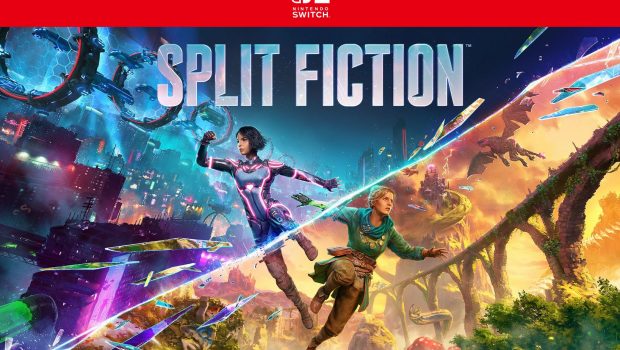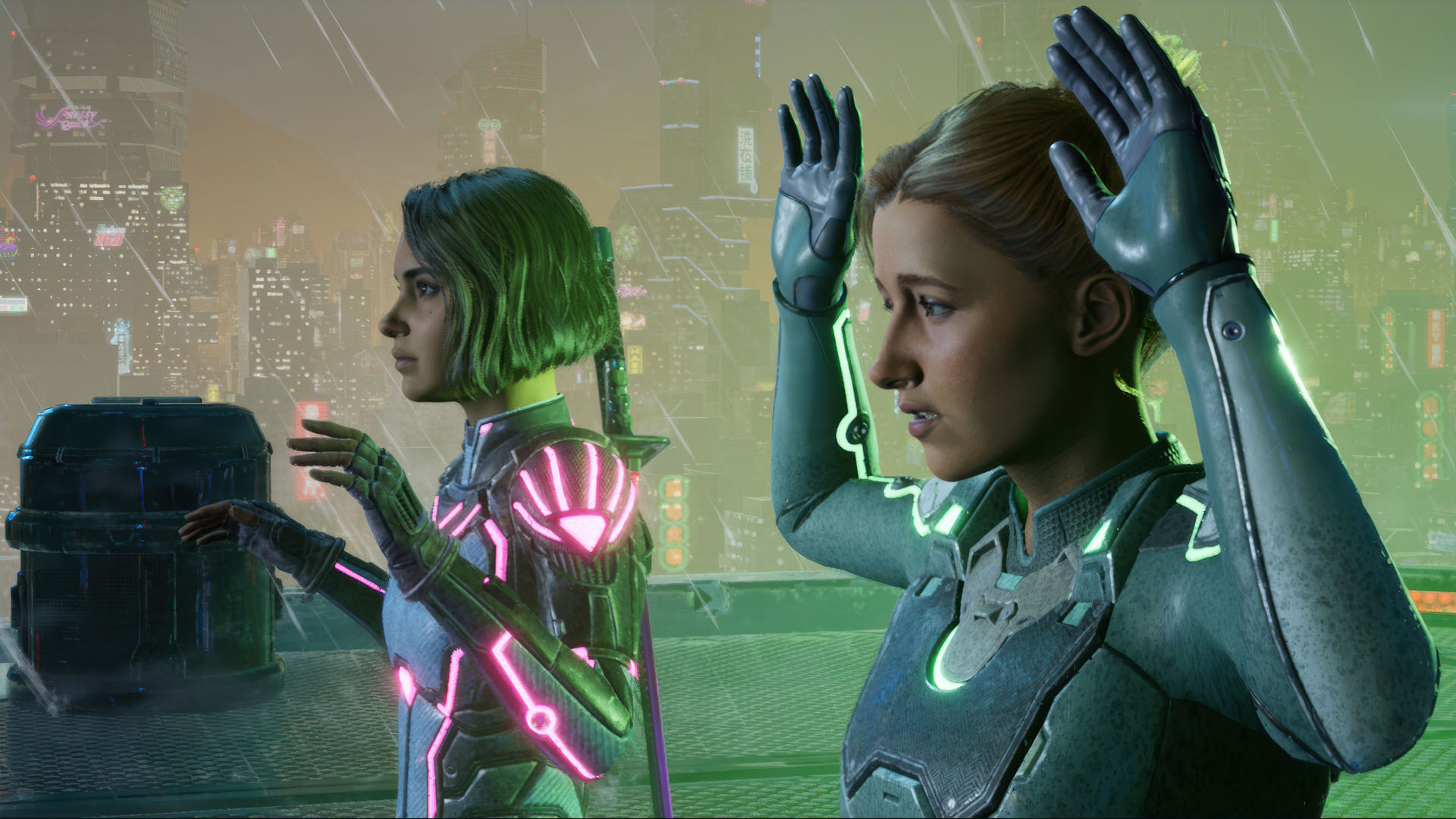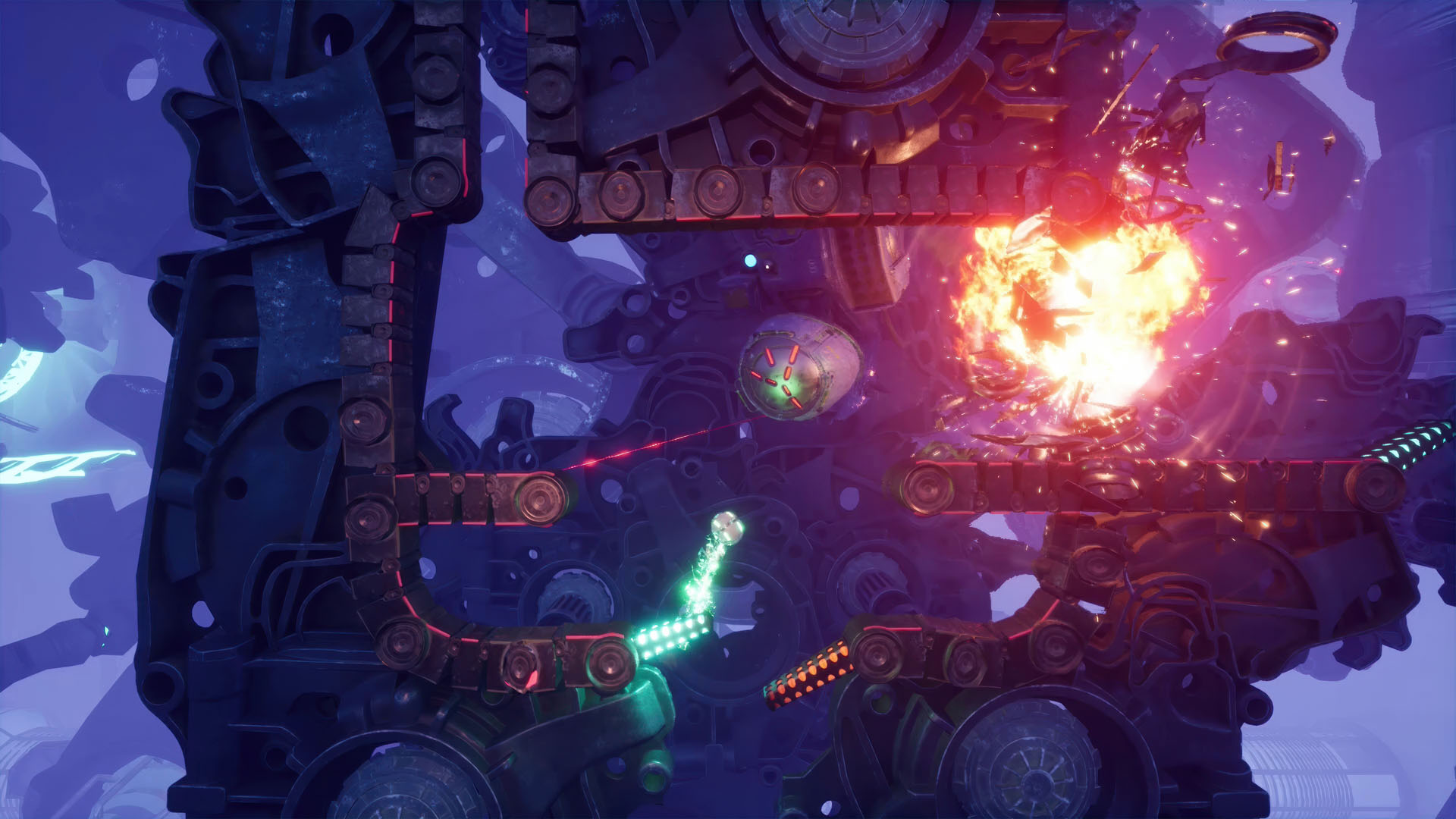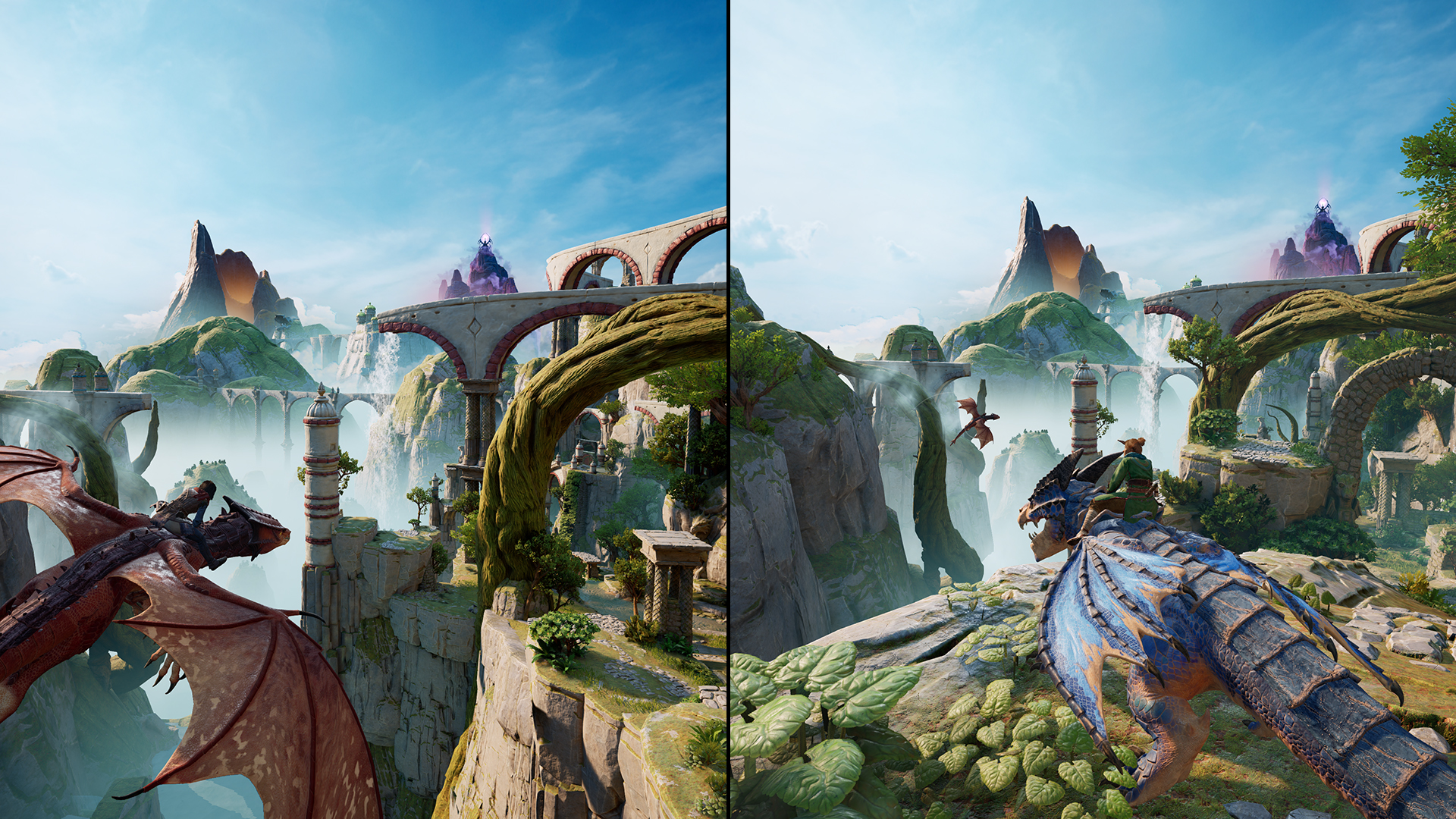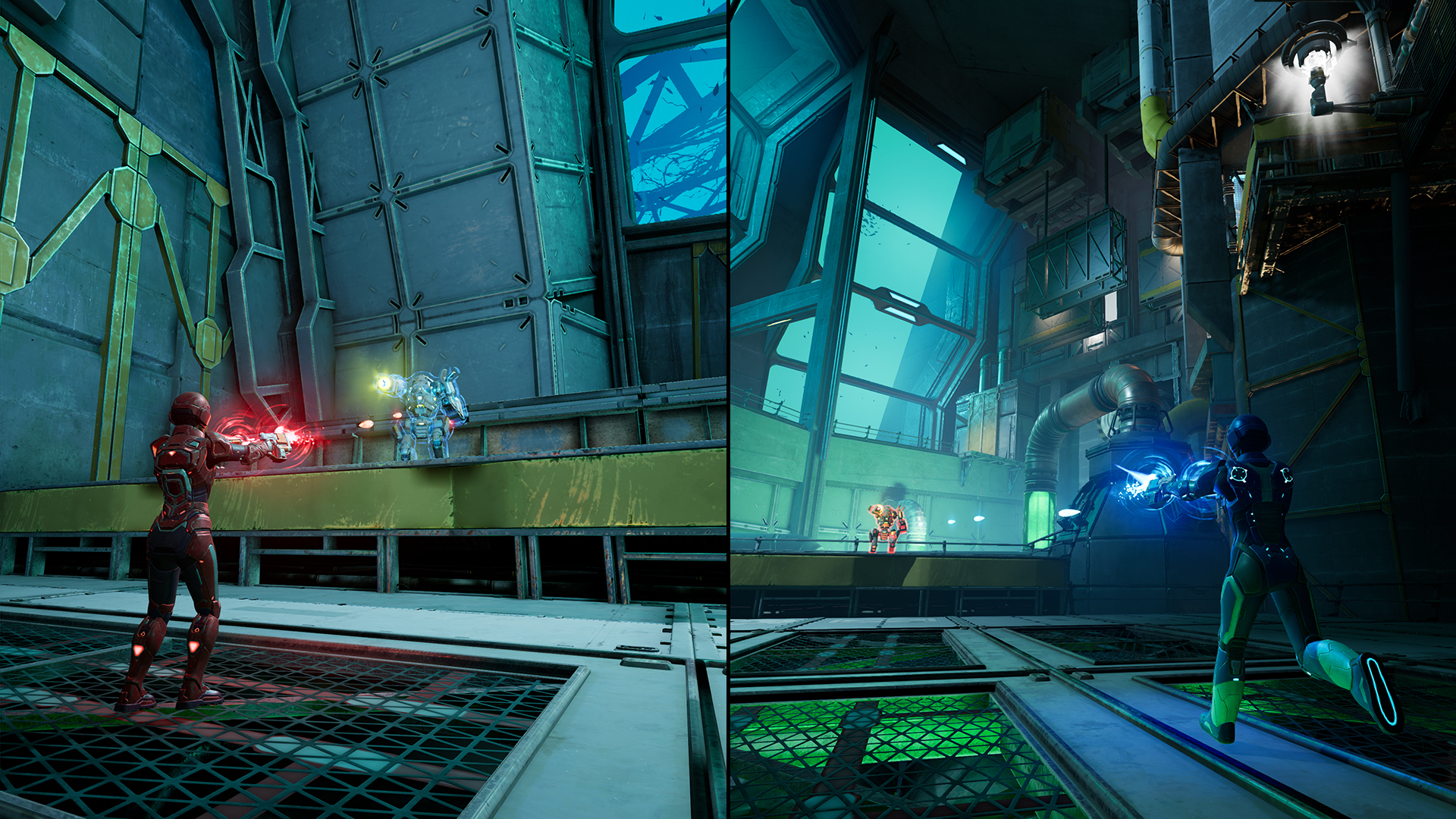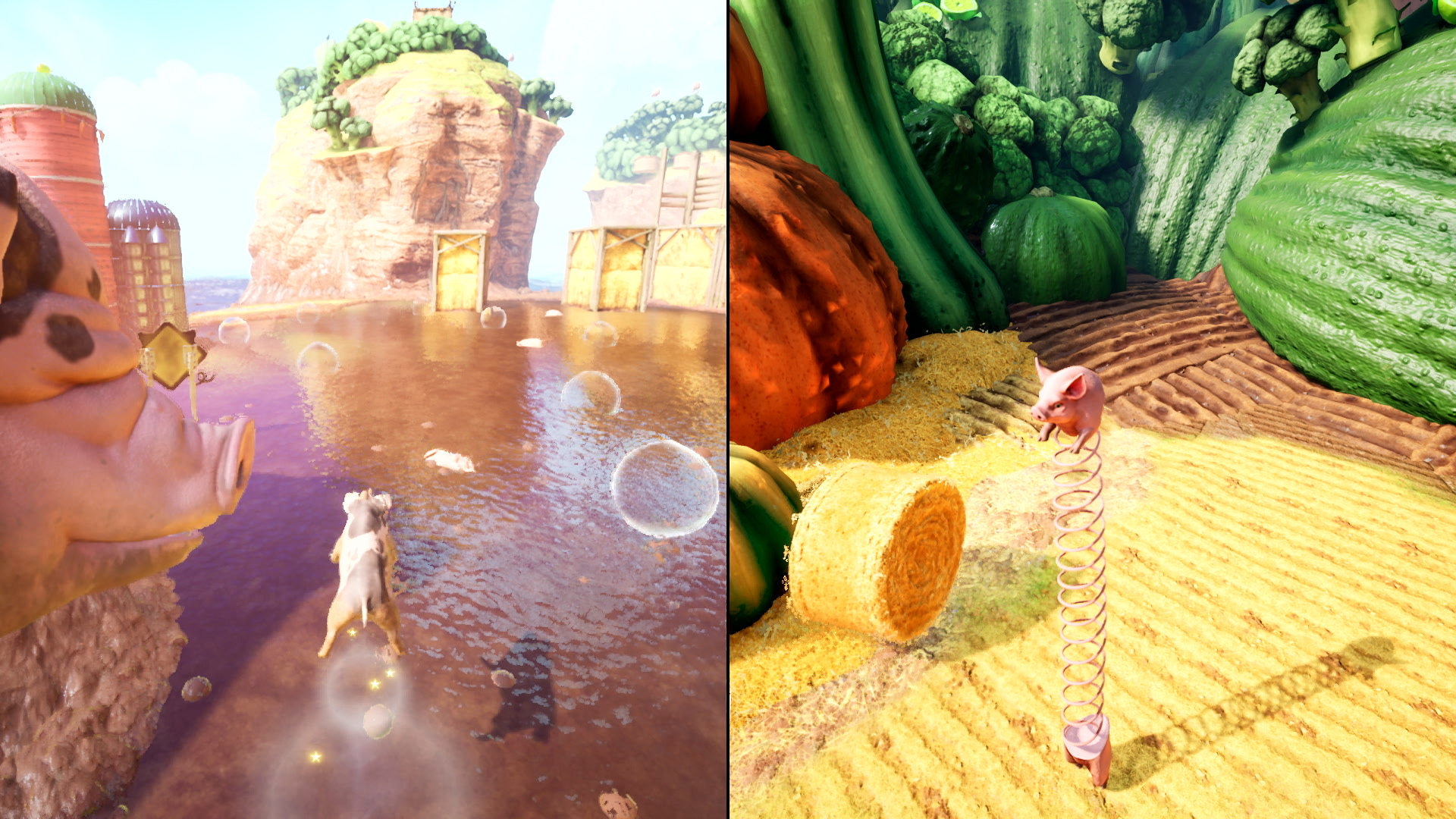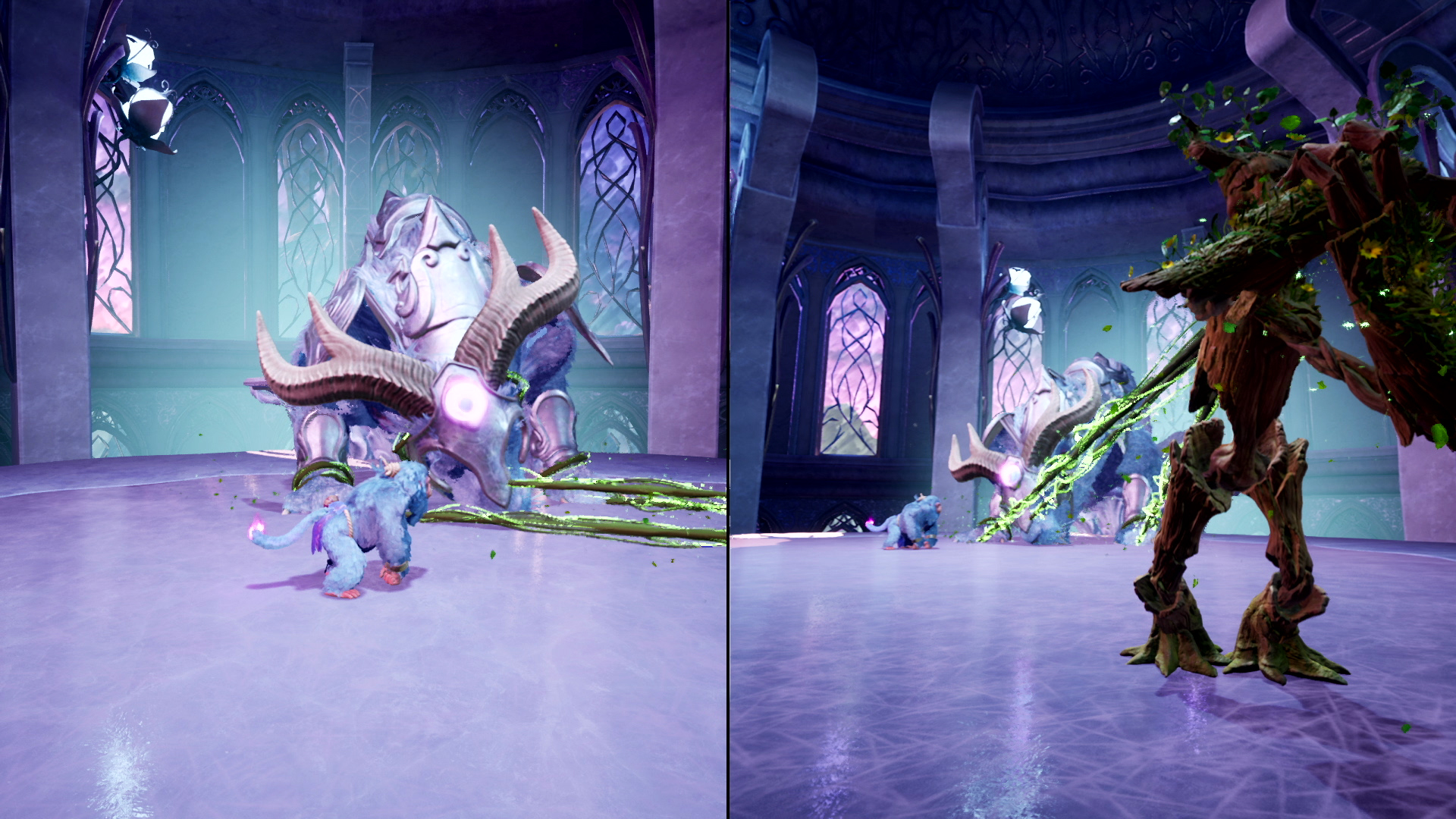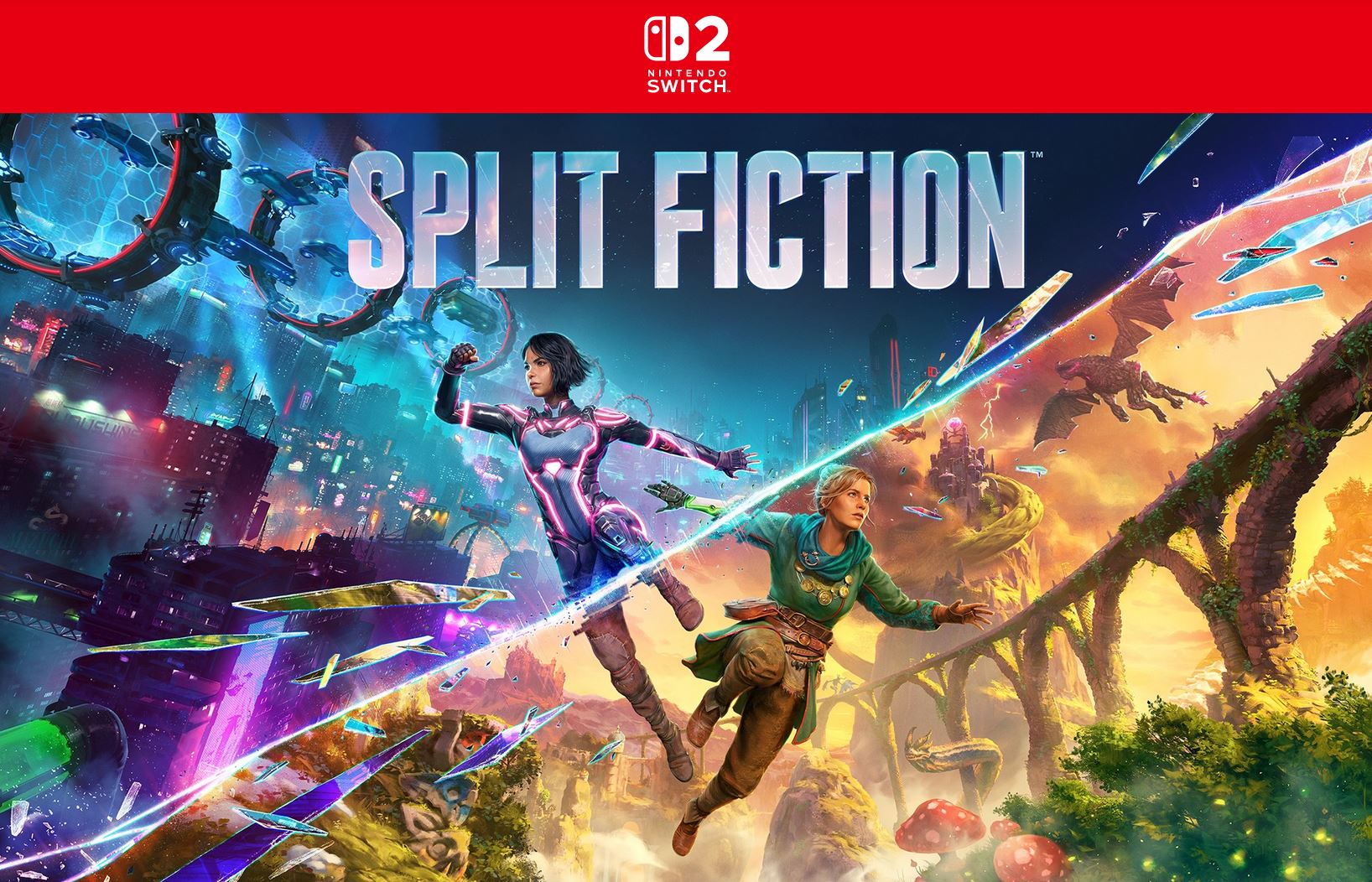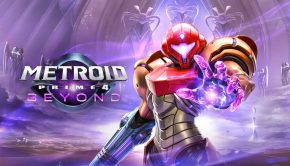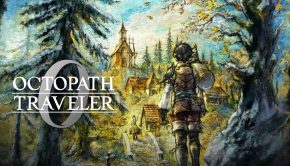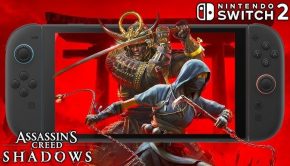Split Fiction NS2 Review (Nintendo Switch 2)
Summary: A heartfelt, spellbinding co op masterpiece that needs to be in your library
4.6
Wrapped Up in Books
Split Fiction was originally released in March 2025 and was met with widespread acclaim from both critics and fans. It took everything that made It Takes Two a joy to play—its clever mechanics, cooperative brilliance, and boundless inventiveness—and refined and expanded upon those ideas in ways you wouldn’t have thought possible. That’s Split Fiction. Running flawlessly on the new Nintendo Switch 2, it delivers breathtaking visuals, exhilarating gameplay, and a deeply heartfelt story that passionately celebrates creativity and friendship. Best of all, you can now experience it wherever you like, whether in handheld, tablet, or TV mode. So, find a friend (or make a new one), split the cost if necessary, and prepare for this game to consume your life.
At its core, Split Fiction follows Zoe and Mio, two unpublished writers thrilled at the prospect of landing a book deal. However, their excitement turns to unease upon arriving at Radar HQ, where they are not offered contracts, but rather an invitation to step into a mysterious Machine—an invention of the enigmatic JD Radar that promises to bring their stories to life.
Mio, ever the sceptic, senses immediate danger and refuses. Yet, during a heated argument, a disastrous mishap sends her tumbling into the same simulation as Zoe.
This unintended intrusion shatters the system, unleashing chaotic glitches that the pair must navigate to return to reality. The intelligent haptics of the new Joy-Cons subtly convey this digital disruption, letting you feel the distorted textures of the glitching world beneath your fingers, adding an extra layer of immersion to every moment.
And here’s the twist: Mio was absolutely right. Radar’s Machine isn’t about celebrating storytelling—it’s a sinister scheme to steal ideas, cutting writers out of the creative process entirely. This serves as a sharp allegory for the ongoing battle against AI-generated content, but it also highlights broader issues within the industry—how creative talent is exploited, drained, and eventually discarded. It’s a critique that feels especially relevant in today’s landscape.
Yet, beyond its social commentary, Split Fiction’s true magic lies in the evolving bond between Zoe and Mio. Their friendship, resilience, and shared passion for storytelling form the very heart of the narrative. Unlike It Takes Two, where Cody and May’s dysfunctional relationship often made them difficult to root for, Split Fiction gives us protagonists we genuinely care about. Their struggles feel real, their journey is engaging, and their emotional highs and lows hit surprisingly hard, delivering moments that are touching, raw, and, at times, legitimately tear-jerking. The nuanced voice acting shines with pristine clarity via the Switch 2’s improved audio output, whether through its integrated speakers or a good pair of headphones.
Gameplay fluidly alternates between Mio’s tech-heavy science fiction tales and Zoe’s whimsical fantasy narratives. While It Takes Two gradually introduced mechanics, Split Fiction immediately grants players access to fluid movement—triple jumps, grappling, and dynamic platforming—from the outset. This strong foundation allows Hazelight to introduce new mechanics and creative twists at an impressive pace without feeling overwhelming. The responsiveness of the Switch 2’s controls makes every leap and grapple feel incredibly precise.
Hazelight keeps the experience engaging with a relentless stream of genre shifts, inventive mechanics, and unexpected narrative turns. Not every idea lands perfectly, but even the few missteps are brief, quickly replaced with something new and exciting. One moment, you’re raising dragons; the next, you’re sneaking through a troll-infested town, battling dystopian bureaucracy over a parking fine, or engaging in an elaborate dance-off with a monkey king. The Switch 2 handles these diverse settings seamlessly, maintaining a rock-solid frame rate even in the most chaotic sequences—a testament to its powerful new GPU.
Beyond the main campaign, Split Fiction is packed with additional side stories. These are forgotten concepts, abandoned drafts, or unfinished narratives tucked away in virtual notebooks, and Hazelight uses them to flex its creative muscles even further. Highlights include childhood tales featuring a rainbow-farting pig, a terrifying encounter with a mechanical dentist, and a sequence reminiscent of the cult-classic Trickstyle. Each one is a hidden gem waiting to be uncovered, showcasing the sheer depth of imagination in this game. Hazelight also includes plenty of winks and nods to its previous games, including one particularly cheeky Easter egg—a reimagined It Takes Two sequence—that will haunt anyone who played the original.
Visually, Split Fiction is astonishing, taking full advantage of the Switch 2’s vibrant, HDR-enabled display. Some set pieces are so grand and technically impressive that you may find yourself pausing just to take in how Hazelight managed to pull them off on Nintendo’s newest console. The sheer scale, fluidity, and graphical fidelity—enhanced further by Variable Refresh Rate (VRR) for smoother motion—prove that Nintendo has entered the next generation of portable gaming in style. With the console’s advanced cooling system, even inside the redesigned dock, it ensures sustained performance whether playing in handheld mode or pushing glorious 4K on the big screen.
Voice performances are uniformly excellent, with Zoe and Mio’s dynamic being a particular highlight. Their contrasting personalities make their evolving relationship deeply engaging, and watching them grow from distant strangers to trusted creative partners is a journey well worth experiencing.
The beloved Friend Pass makes a welcome return, and this time, it’s even better, thanks to full cross-play support. Own a Switch 2, but your friend plays on PC or another console? No problem. You can still enjoy Split Fiction together with just one copy of the game, leveraging the Switch 2’s robust online infrastructure for seamless co-op. The new Joy-Con 2 controllers also snap into place with a satisfying magnetic click, a notable improvement that speaks to the console’s overall premium build quality. The game also supports Switch 2’s new gamechat feature, allowing players to stream their online sessions in real-time.
Final Thoughts?
Split Fiction delivers one of the most gripping narratives available on the Switch 2, coupled with inventive gameplay that pushes creative boundaries. Not every section is perfect, but the game’s relentless pacing ensures that if one idea doesn’t quite land, another exciting mechanic or unexpected twist is always around the corner. And with the Switch 2’s enhanced portability—longer battery life, near-instant load times via UFS 3.1 storage—this is a game you can immerse yourself in anywhere.
Above all, Split Fiction is a love letter to storytelling, a reminder of why stories matter and why protecting creative voices is more crucial than ever.
If you own a Nintendo Switch 2, this is the game to play.


